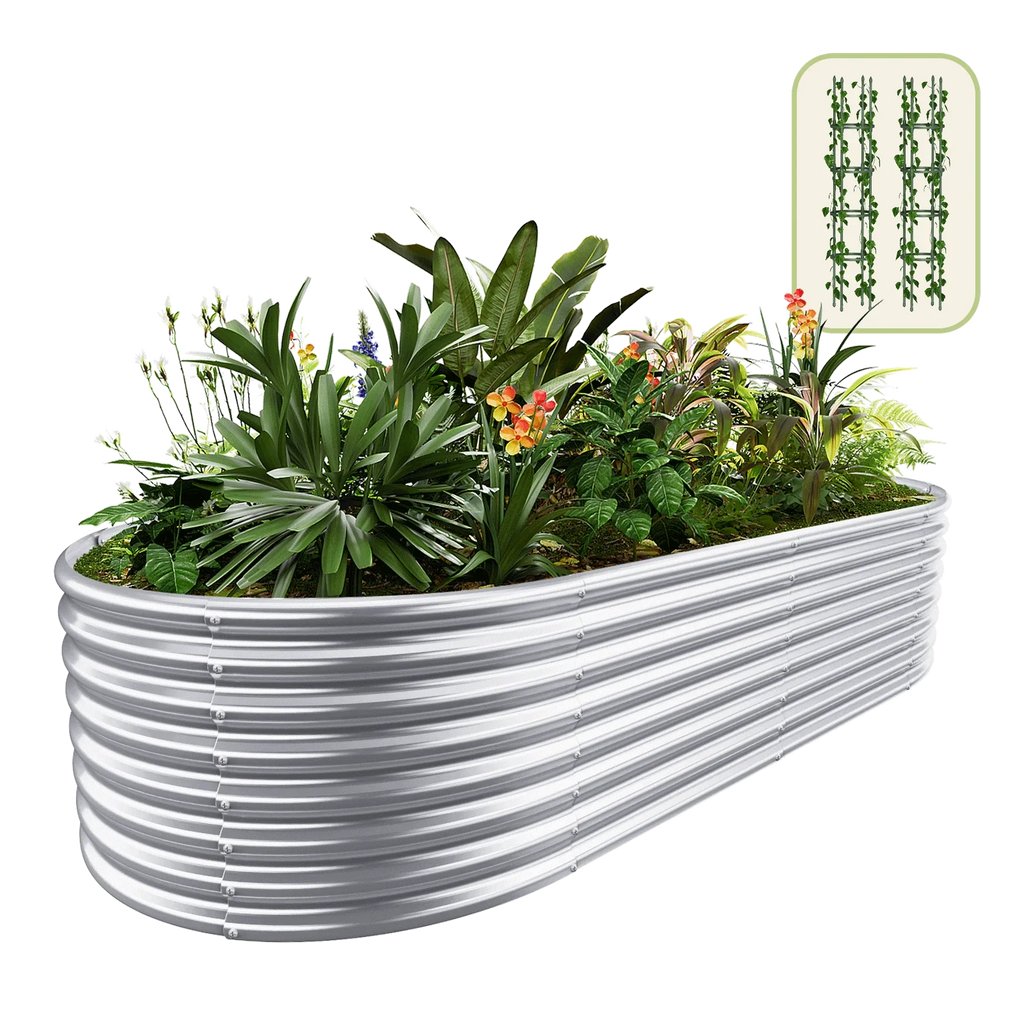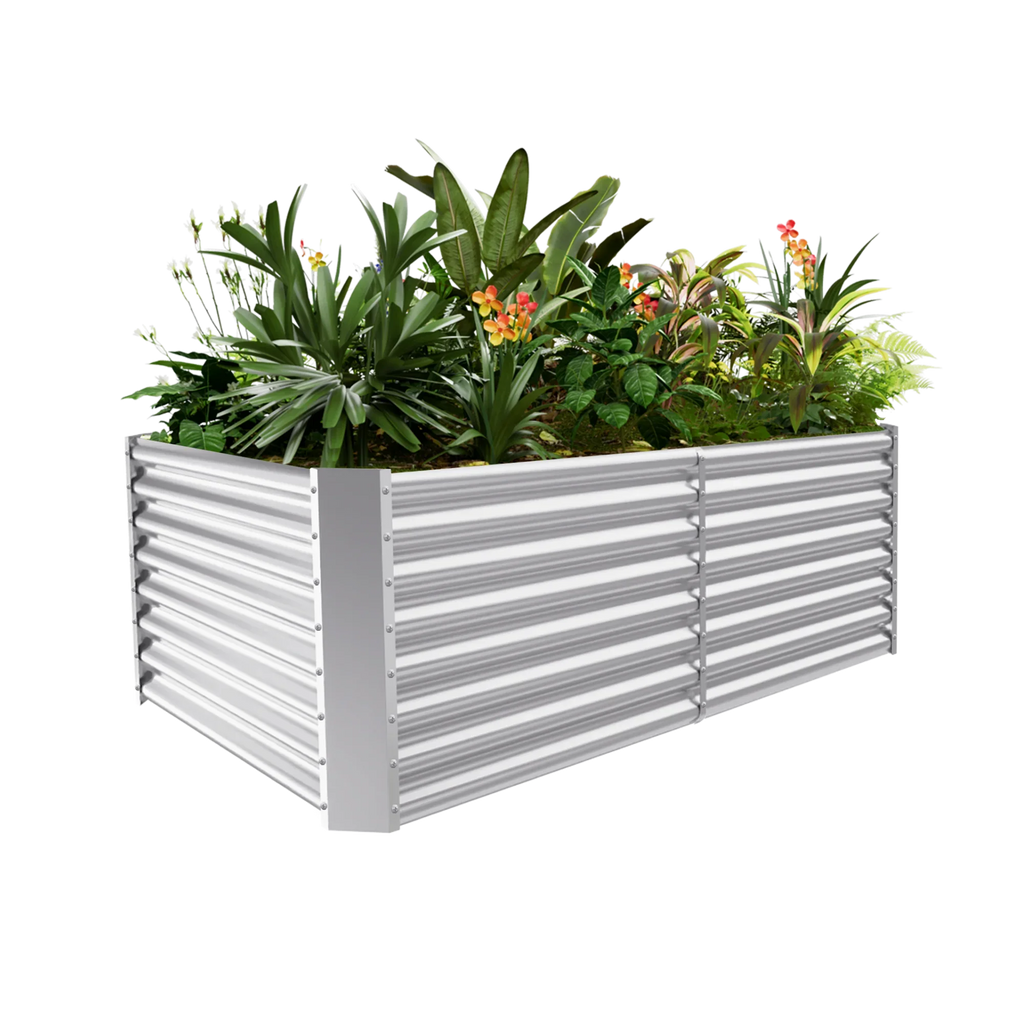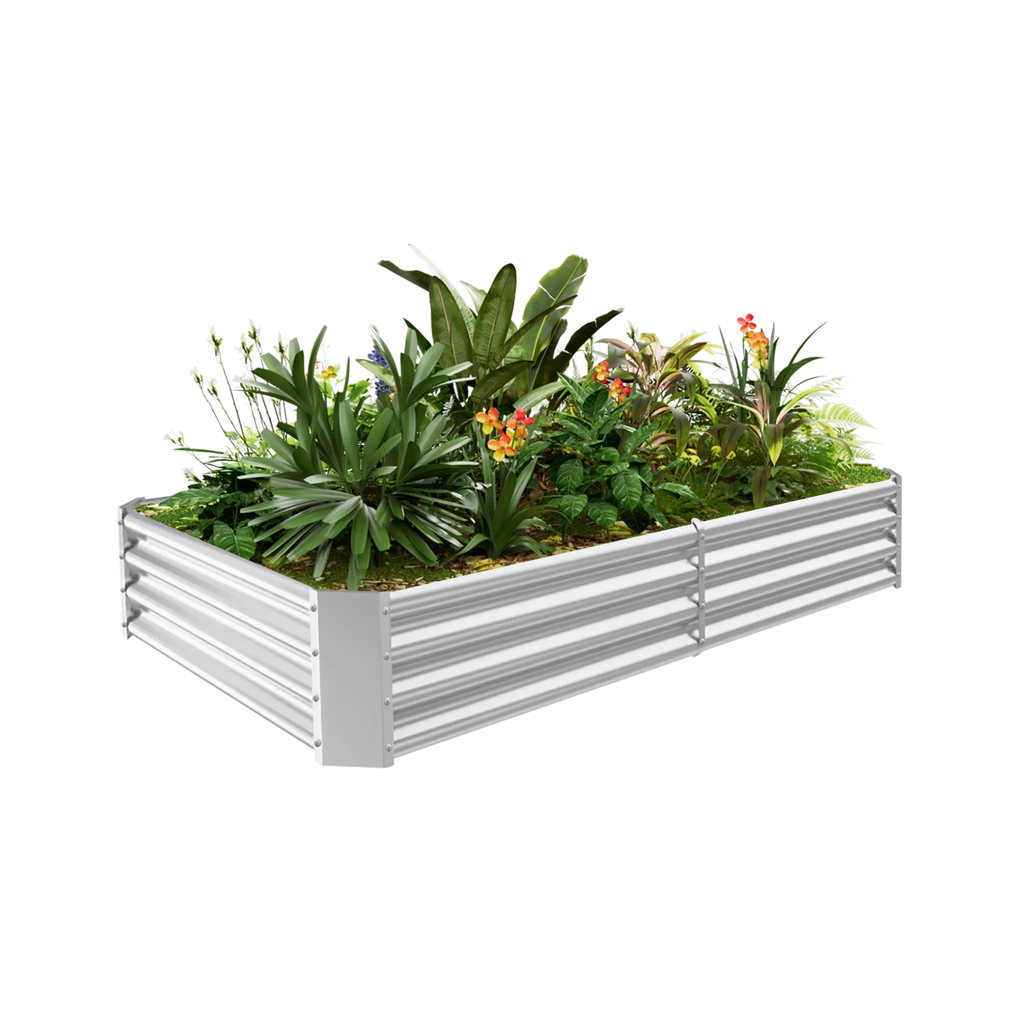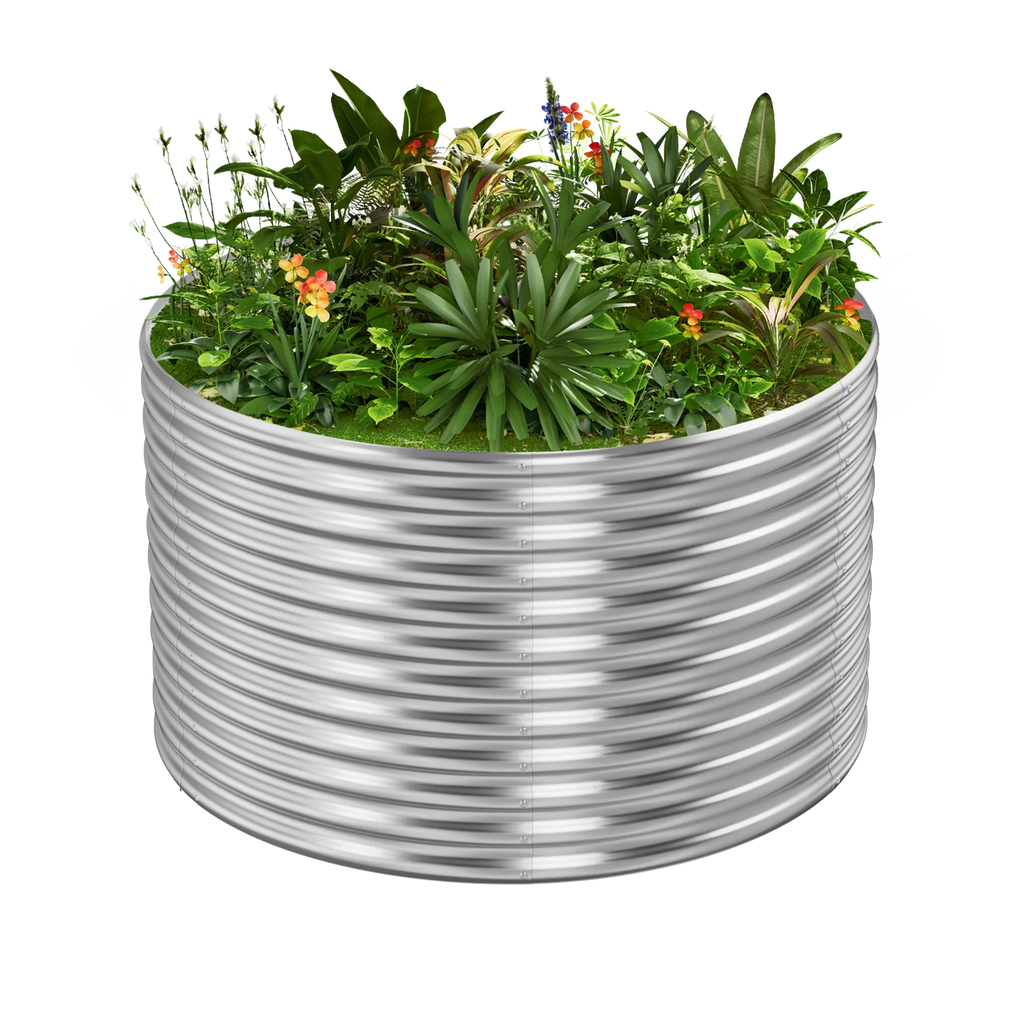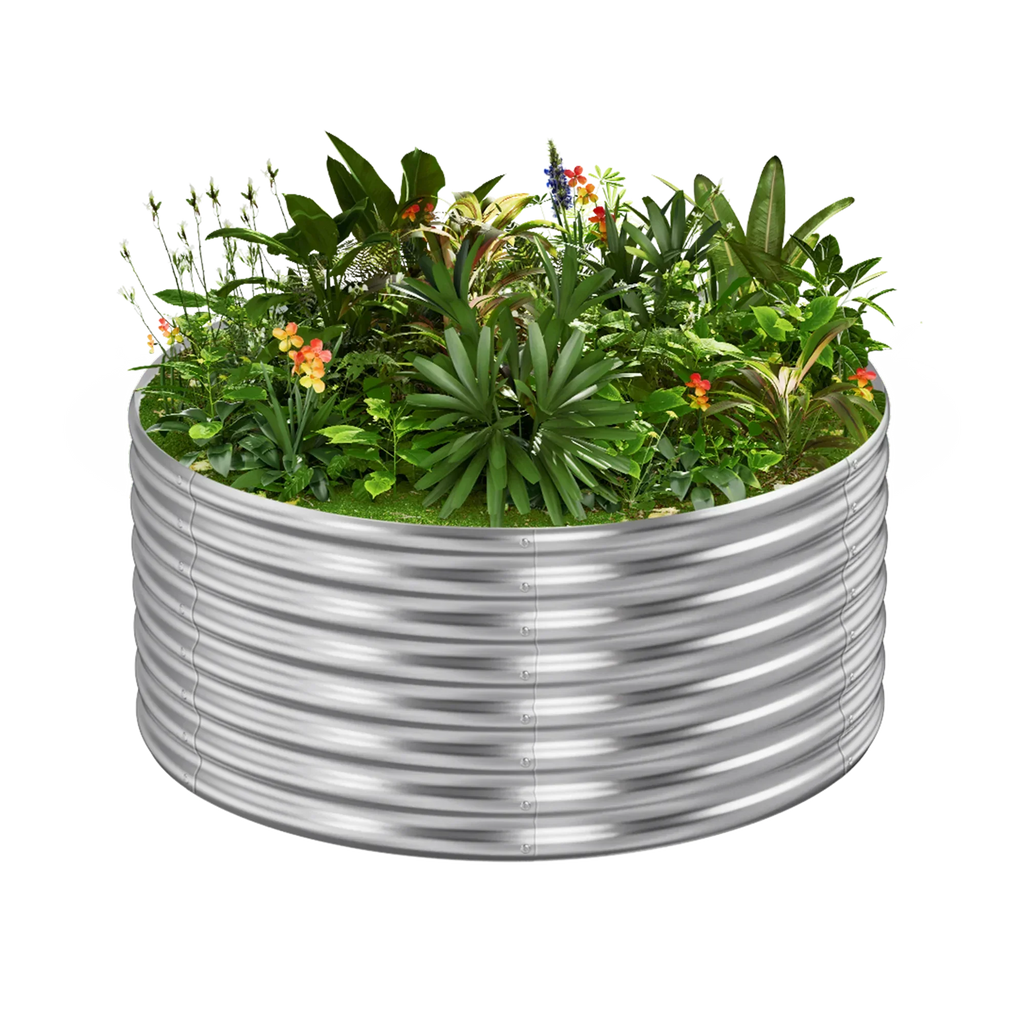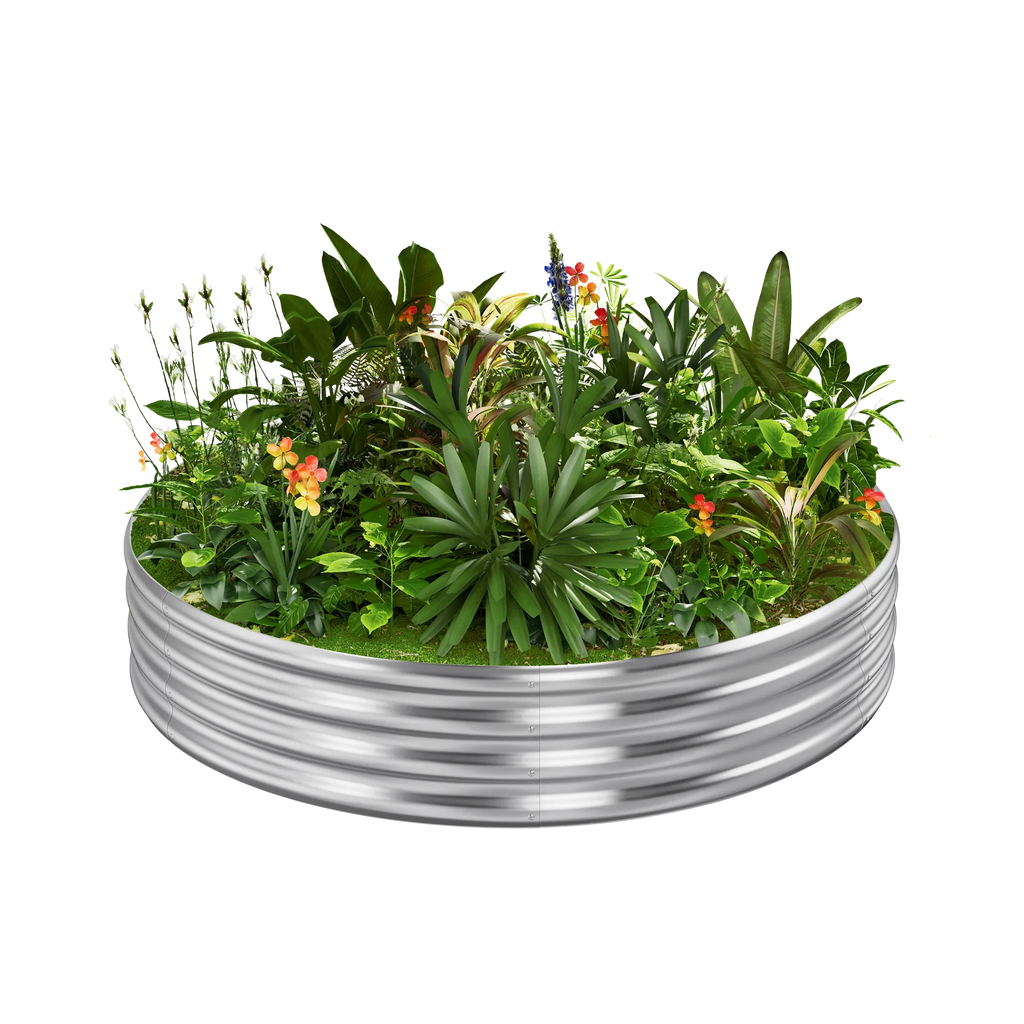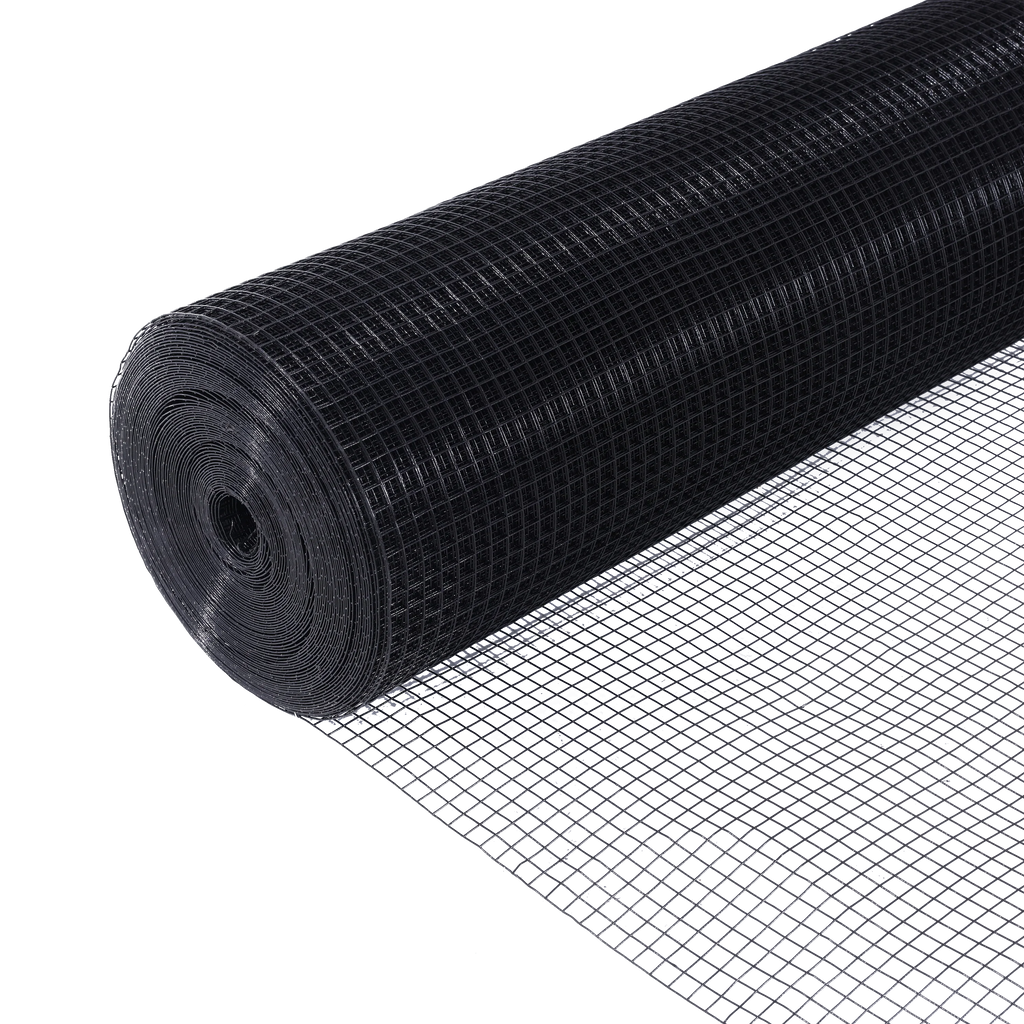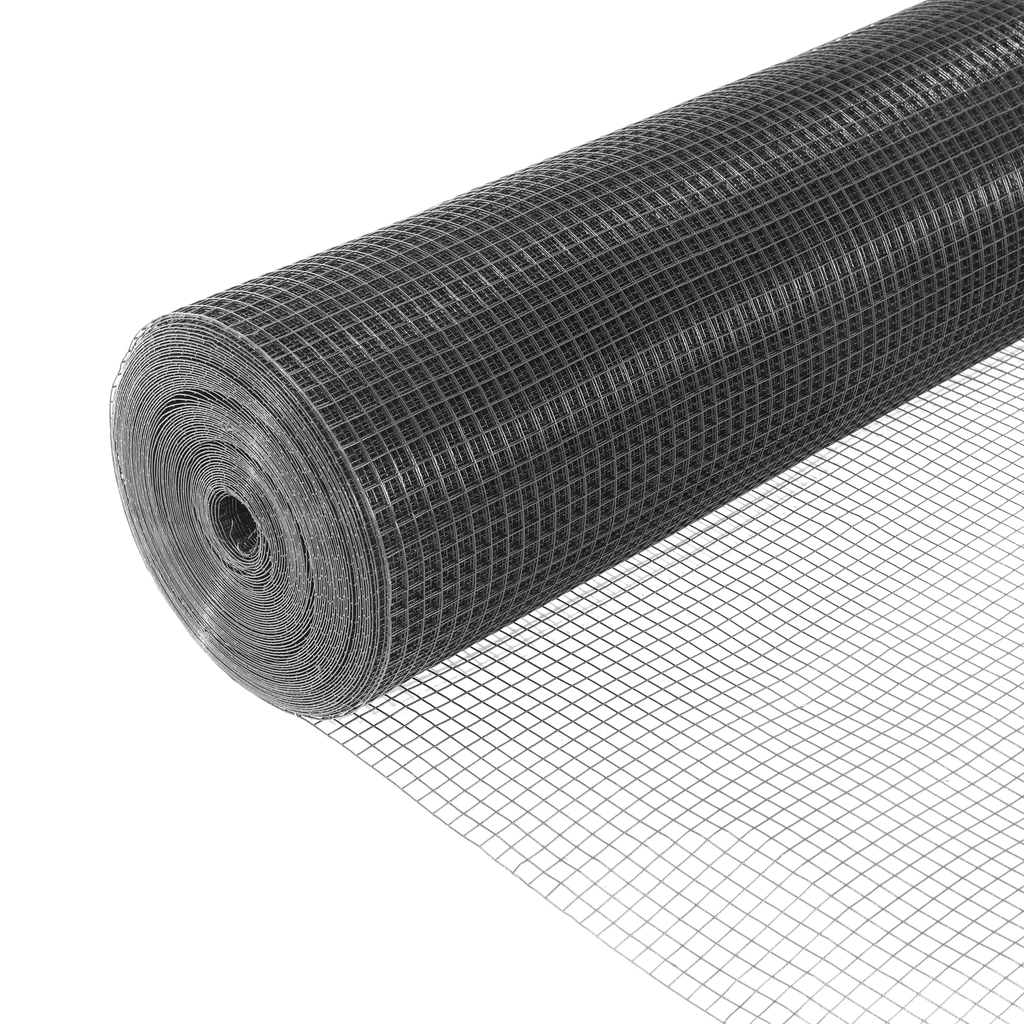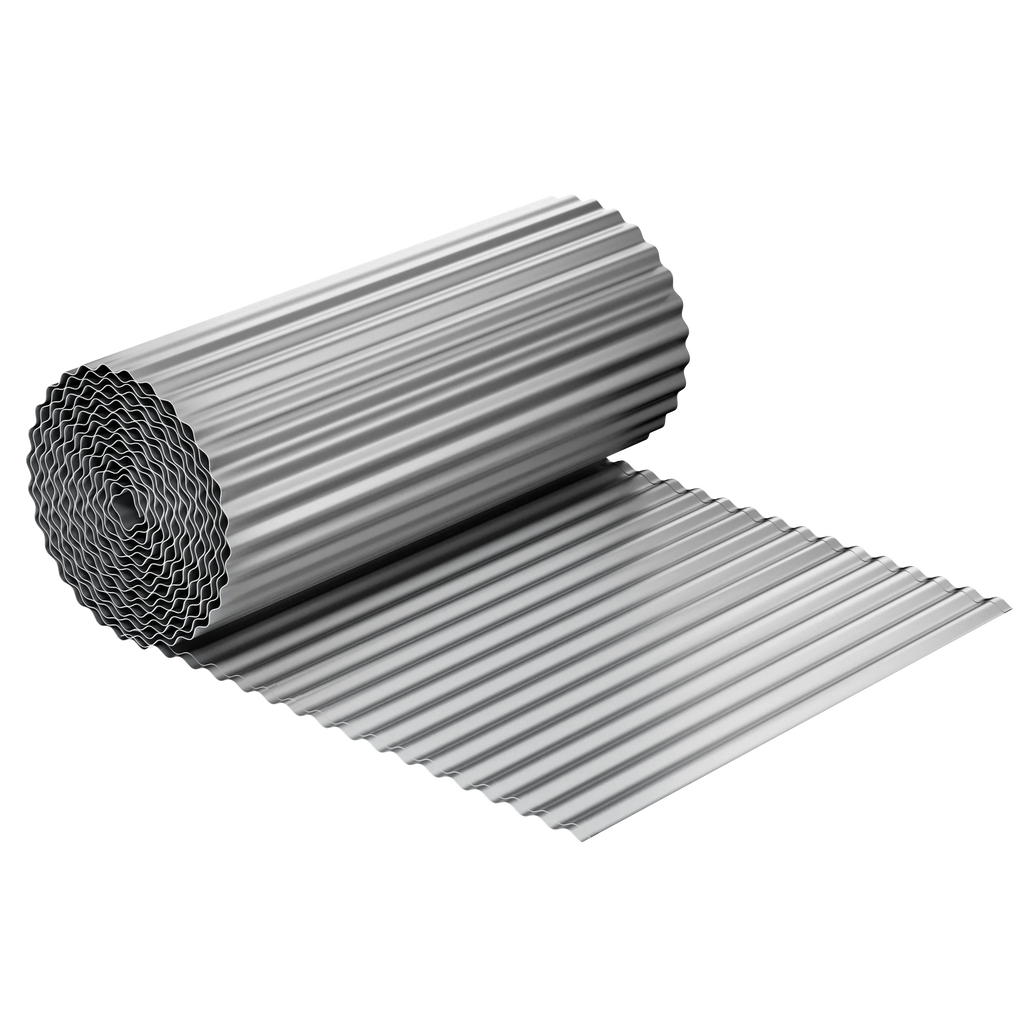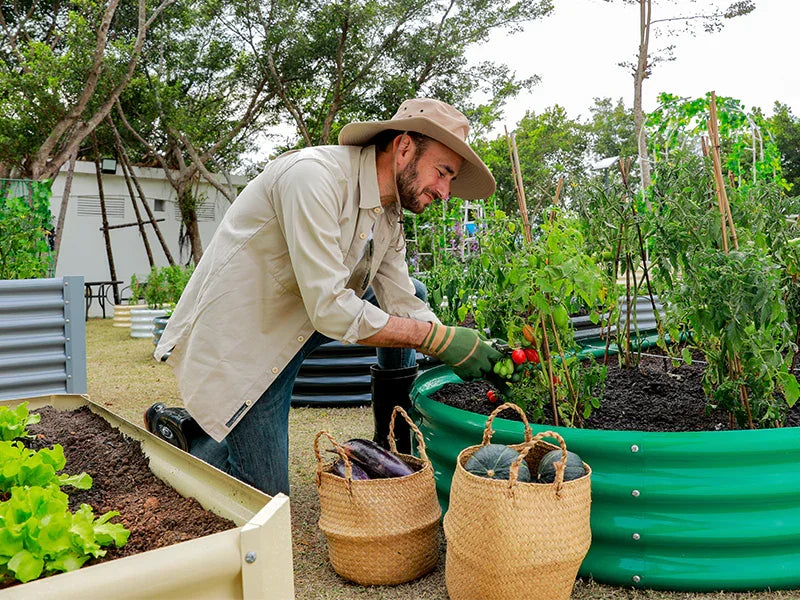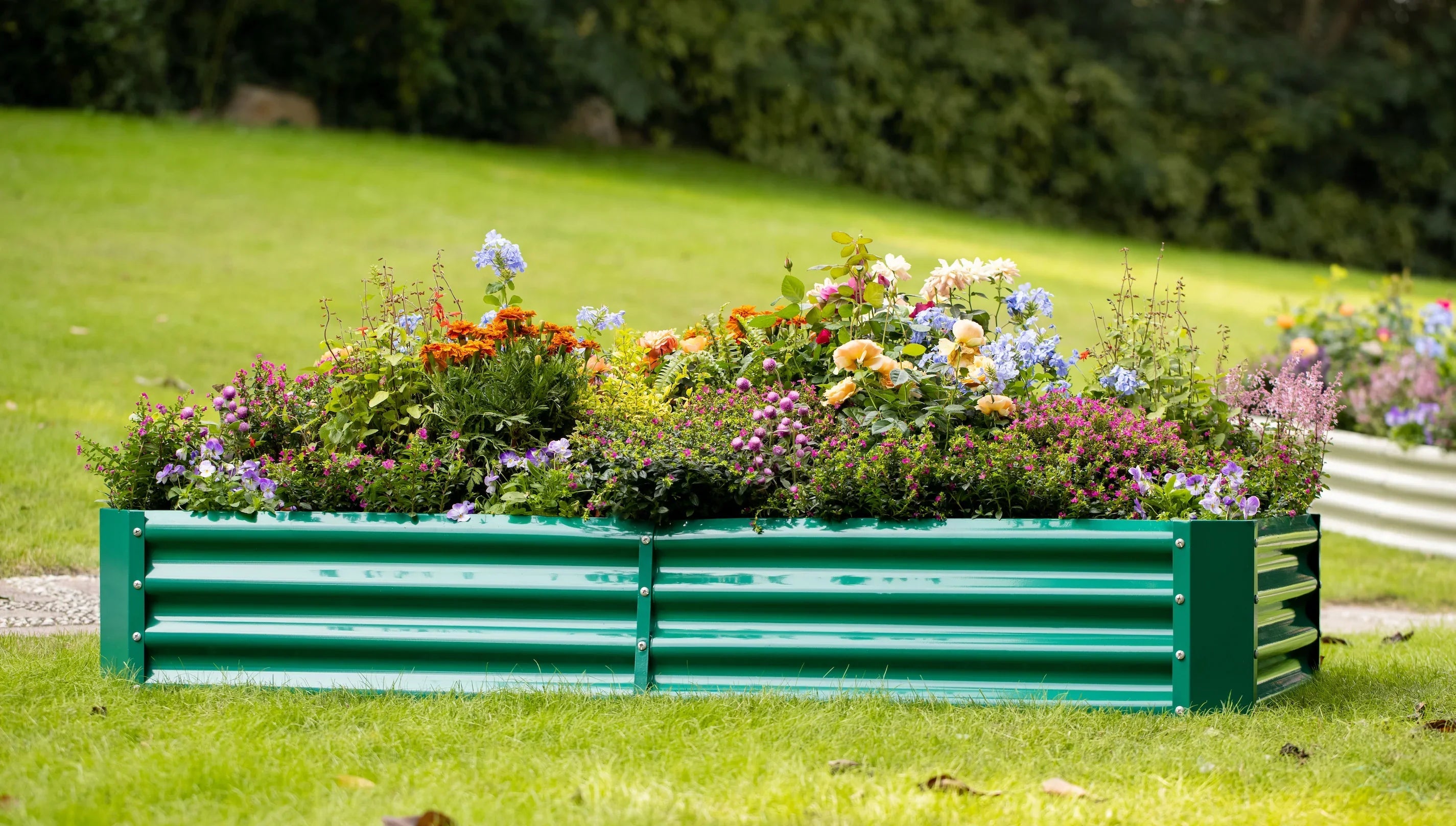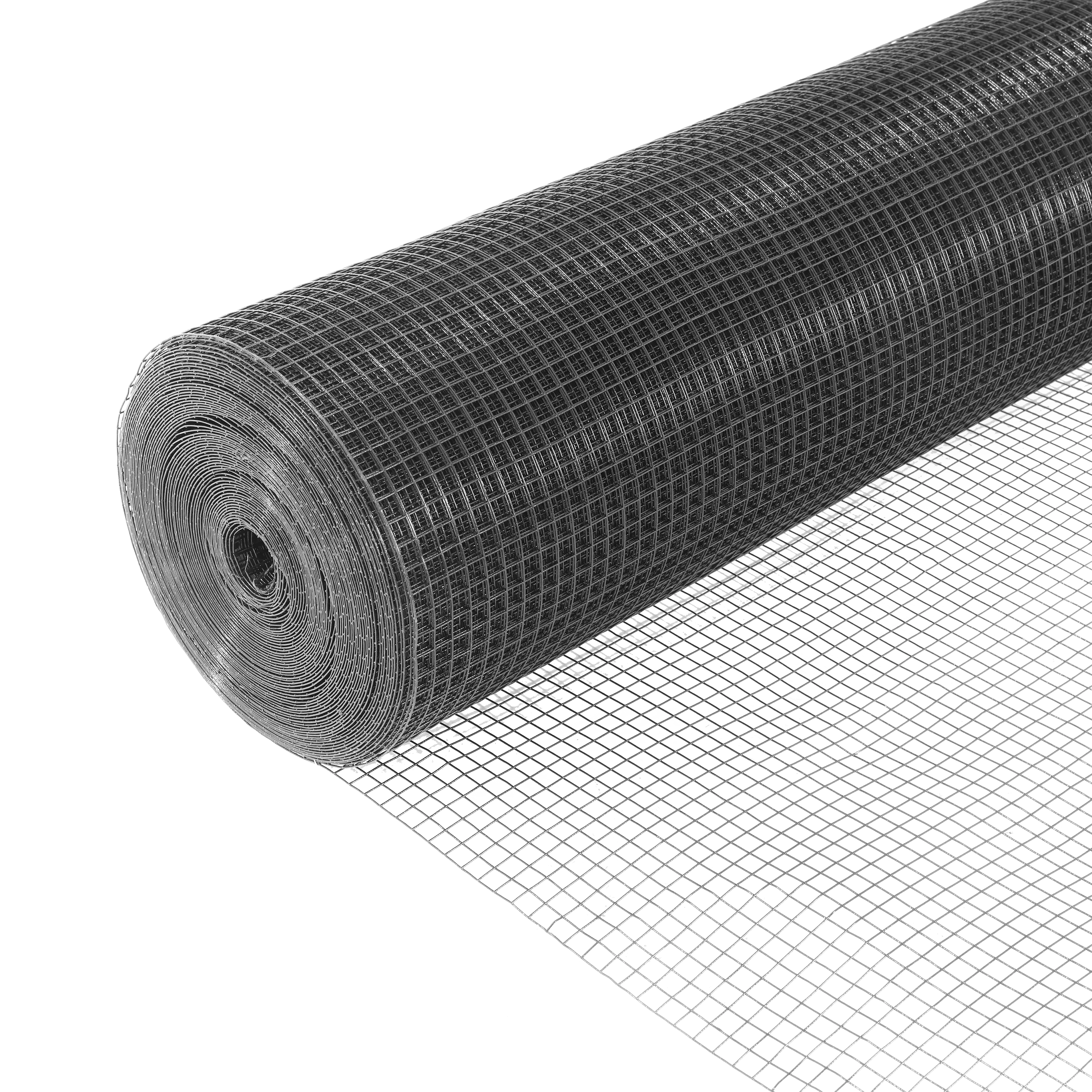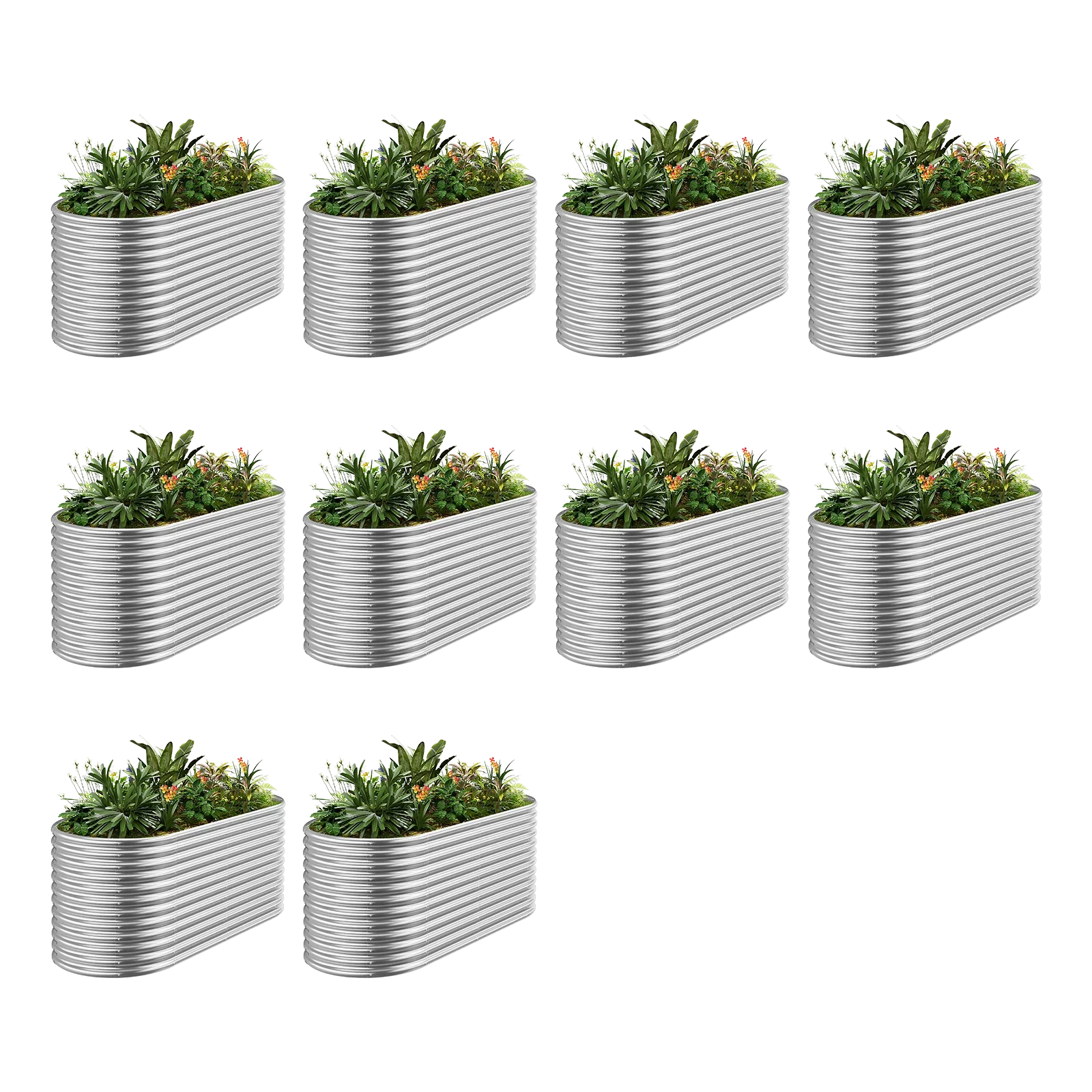Gardening is a joy that everyone should experience, and wheelchair-accessible raised garden beds make it possible for people with mobility challenges to dig in and grow their own flowers, herbs, or veggies. These specially designed beds bring the garden to a comfortable height, making it easier to plant, tend, and harvest without strain. If you’re thinking about creating an inclusive garden, this guide will walk you through how to design, build, and maintain wheelchair-accessible raised garden beds for a rewarding gardening experience.
Why Choose Wheelchair-Accessible Raised Garden Beds?
Raised garden beds are already a favorite for their ease of use and flexibility, but making them wheelchair-accessible takes inclusivity to the next level. These beds are elevated to a height that works for someone seated, with enough space around and underneath for easy maneuvering. They reduce the need to bend or stretch, which is a game-changer for wheelchair gardeners or anyone with limited mobility. Plus, they’re just as productive as standard beds, letting you grow everything from tomatoes to tulips.
Designing an Accessible Raised Garden Bed
Here’s how to create a raised garden bed that’s welcoming and functional for wheelchair users:
· Get the Height Right
The ideal height for a wheelchair-accessible bed is 24-30 inches (about 60-76 cm). This lets someone seated reach comfortably across the bed without straining. For kids or shorter adults, you might go a bit lower, around 20 inches.
· Mind the Width
Keep the bed narrow—about 2-3 feet wide—so it’s easy to reach the middle from a seated position. If you’re accessing the bed from both sides, 4 feet is okay, but test it to make sure it feels comfortable.
· Leave Space for Mobility
Ensure there’s at least 3 feet of clear space around the bed for wheelchair turns. Use smooth, firm surfaces like concrete, gravel, or packed dirt for paths to make rolling easy and safe.
· Choose Sturdy Materials
Build with durable, weather-resistant materials like cedar, redwood, or composite lumber. These last for years and require little upkeep. Avoid heavy materials like stone if you want to keep costs down.
· Add Thoughtful Features
Consider extras like a small ledge around the bed to rest tools or a lower shelf for storage. You can also install trellises for vertical plants like beans or cucumbers, which are easier to reach and harvest.
Soil and Planting Tips
· Fill Smart: Use a lightweight soil mix—60% topsoil, 30% compost, and 10% perlite or vermiculite—to keep the bed manageable and well-draining. This mix supports healthy plants without being too heavy.
· Pick Easy Plants: Go for low-maintenance crops like lettuce, radishes, or marigolds that don’t need constant pruning or staking. Herbs like basil or chives are great for beginners too.
· Mulch It: Add a 2-inch layer of straw or wood chips to hold moisture and keep weeds down, so you spend less time maintaining and more time enjoying.
Maintenance Made Simple
· Watering Ease: Install drip irrigation or use a lightweight, long-reach watering wand to make watering less of a chore.
· Tool Hacks: Opt for tools with long handles or ergonomic grips to reduce strain. Keep them within reach on a nearby hook or shelf.
· Check Regularly: Spend a few minutes every few days checking for pests or wilted plants. Catching issues early keeps your garden thriving.
Final Thoughts
Wheelchair-accessible raised garden beds open up the world of gardening to everyone, no matter their mobility. With the right height, width, and thoughtful design, these beds make planting and harvesting a breeze. I’ve seen friends light up when they harvest their first tomatoes from an accessible bed—it’s a small setup with a big impact. Get started with a simple design, pick easy plants, and enjoy the rewards of growing your own food or flowers!








